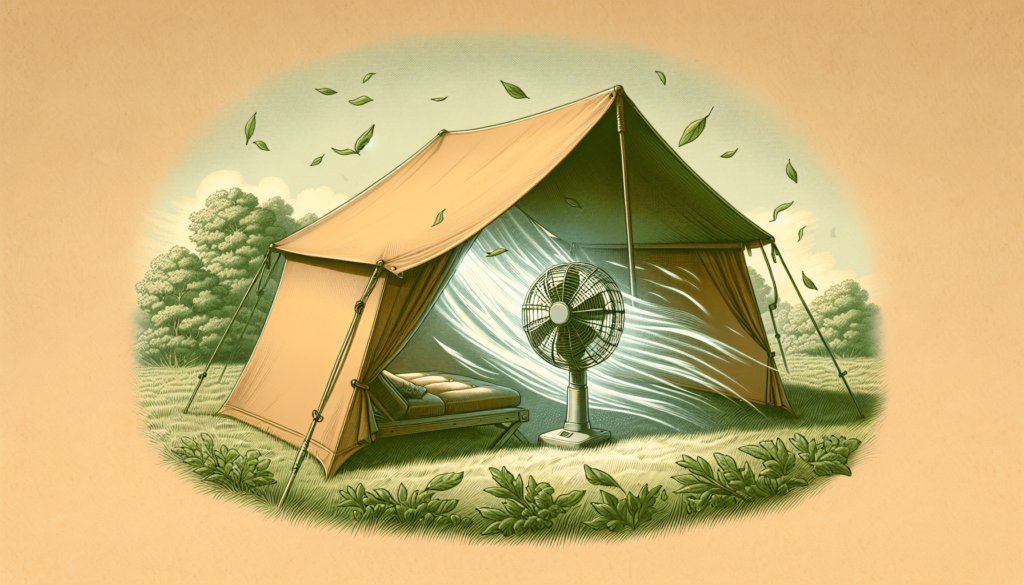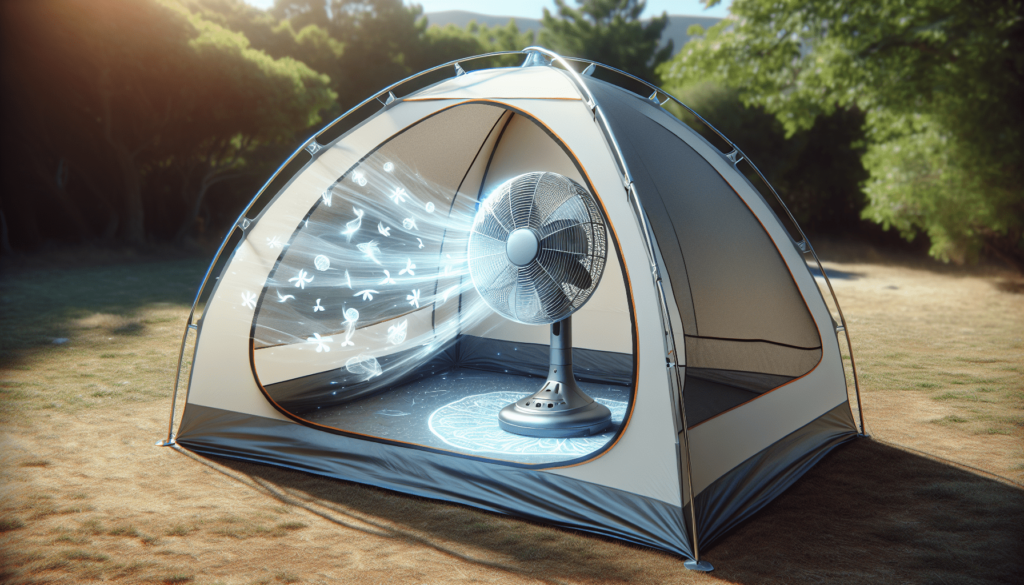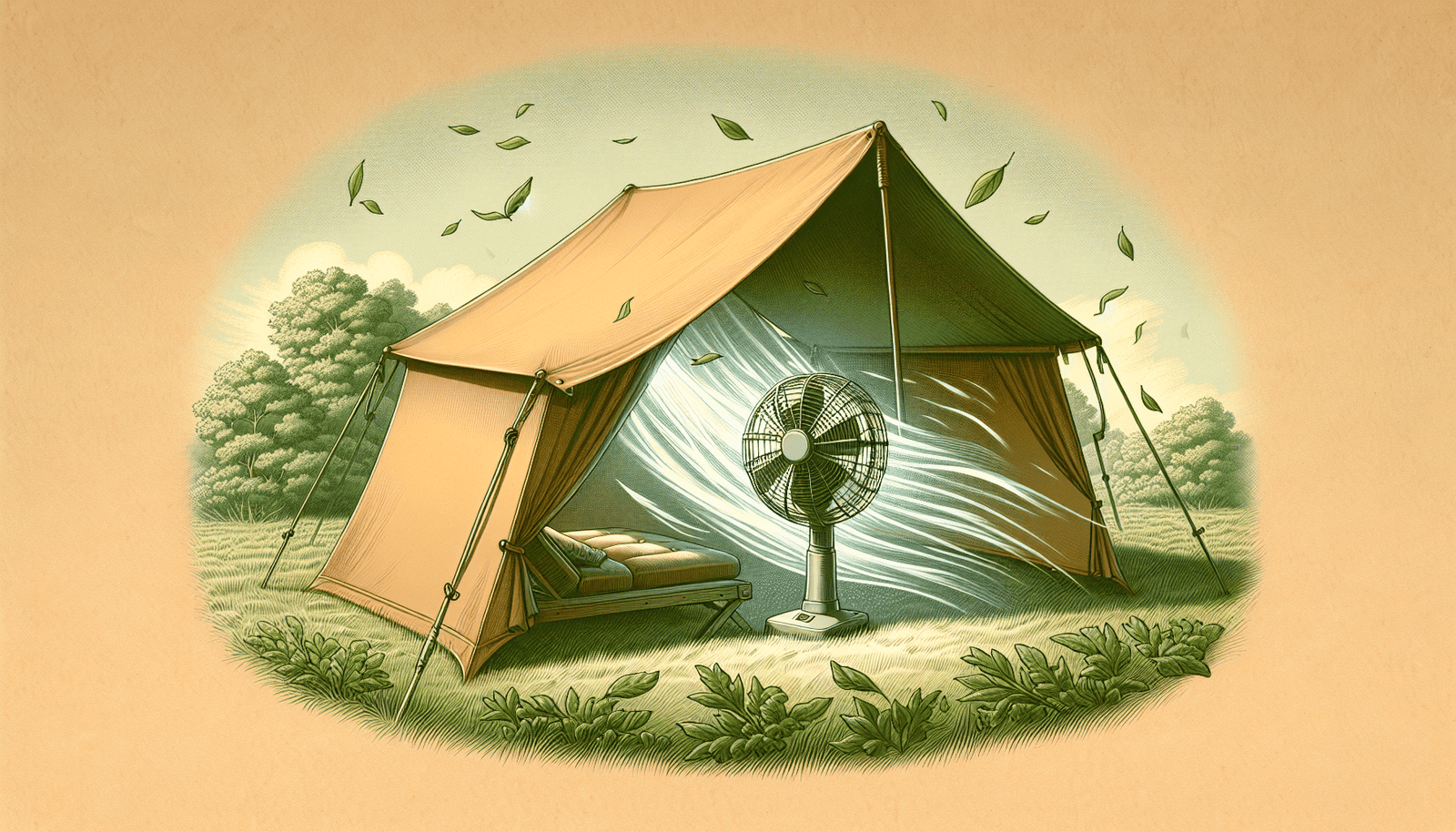Welcome to a guide on how to maximize airflow and ventilation in your canopy tent. Whether you’re setting up a canopy tent for a backyard party or a camping trip, proper ventilation is essential for keeping cool and comfortable. In this article, we’ll explore some simple yet effective ways to improve airflow in your canopy tent, ensuring a pleasant outdoor experience for you and your guests. From strategic placement of doors and windows to utilizing fans and mesh panels, we’ll cover all the best tips and tricks to help you stay breezy and relaxed in your outdoor shelter. So let’s get started and make sure your canopy tent is well-ventilated for your next event! Are you looking for ways to stay cool and comfortable in your canopy tent during those hot summer days? Look no further! In this article, we will explore the best ways to maximize airflow and ventilation in your canopy tent. Whether you’re camping, hosting an outdoor event, or simply relaxing in your backyard, these tips will ensure that you stay cool and breezy inside your tent.

Importance of Airflow and Ventilation
Having proper airflow and ventilation in your canopy tent is crucial for a variety of reasons. Not only does it help to regulate the temperature inside the tent, but it also helps to prevent condensation, mold, and mildew from forming. Additionally, good airflow can help to reduce odors and improve overall air quality inside the tent.
Why is airflow important?
Airflow is essential for maintaining a comfortable and healthy environment inside your canopy tent. Without proper airflow, the temperature inside the tent can quickly rise, making it unbearably hot and stuffy. Adequate airflow also helps to prevent condensation from forming on the walls and ceiling of the tent, which can lead to mold and mildew growth.
Benefits of ventilation
Ventilation plays a key role in keeping the air inside your canopy tent fresh and clean. Proper ventilation helps to remove stale air from the tent and replace it with fresh air from outside. This can help to reduce odors, improve air quality, and create a more pleasant environment for you and your guests.
Choosing the Right Location
The location of your canopy tent can have a significant impact on the airflow and ventilation inside the tent. When setting up your tent, it’s important to consider factors such as wind direction, shade, and proximity to other structures.
Wind direction
Positioning your canopy tent in the direction of the prevailing wind can help to promote better airflow inside the tent. This will allow the wind to pass through the tent, carrying away hot air and bringing in cooler air from outside.
Shade
Choosing a location that offers natural shade can help to keep your canopy tent cooler and more comfortable. Shade can help to reduce the temperature inside the tent, making it easier to stay cool during hot summer days.
Proximity to other structures
Avoid setting up your canopy tent too close to other structures, such as buildings or trees, as this can impede airflow and ventilation. Make sure there is plenty of open space around the tent to allow for unrestricted airflow.

Utilizing Doors and Windows
The doors and windows of your canopy tent are essential for promoting airflow and ventilation. By strategically opening and closing them, you can control the flow of air inside the tent and create a comfortable environment.
Opening doors and windows
During hot days, it’s important to keep the doors and windows of your canopy tent open to allow for maximum airflow. This will help to create a breeze inside the tent and prevent it from becoming too hot and stuffy.
Closing doors and windows
On cooler days or during inclement weather, you can close the doors and windows of your canopy tent to retain heat and keep out rain, wind, and bugs. Make sure to open them back up once the weather improves to allow for proper ventilation.
Adding Ventilation Accessories
In addition to using doors and windows, there are a variety of ventilation accessories that you can add to your canopy tent to improve airflow and ventilation. These accessories can help to enhance the airflow inside the tent and create a more comfortable environment for you and your guests.
Mesh screens
Mesh screens can be attached to the doors and windows of your canopy tent to allow for better airflow while keeping out bugs and debris. Mesh screens are lightweight, easy to install, and can help to create a comfortable breeze inside the tent.
Roof vents
Roof vents are another excellent accessory for maximizing airflow and ventilation in your canopy tent. Roof vents allow hot air to escape from the tent, while drawing in cooler air from outside. This can help to regulate the temperature inside the tent and prevent it from becoming too hot.
Portable fans
If you’re looking for an easy way to cool down inside your canopy tent, consider investing in a portable fan. Portable fans are lightweight, compact, and can be easily moved around the tent to maximize airflow. Some fans even come with built-in misters to help keep you cool on hot days.
Creating Cross Ventilation
Cross ventilation is a technique that involves creating a flow of air through your canopy tent by strategically placing doors, windows, and vents. By creating cross ventilation, you can maximize airflow inside the tent and keep it cool and comfortable.
How to create cross ventilation
To create cross ventilation, open doors and windows on opposite sides of the tent to allow for air to flow in one side and out the other. Additionally, if your tent has roof vents, make sure to open them to allow hot air to escape. This will create a breeze inside the tent and help to regulate the temperature.
Benefits of cross ventilation
Cross ventilation is an effective way to keep your canopy tent cool and comfortable without the need for electricity or additional accessories. By using natural air movement to create a breeze inside the tent, you can enjoy a comfortable environment no matter the weather outside.
Conclusion
Maximizing airflow and ventilation in your canopy tent is essential for staying cool and comfortable during hot summer days. By choosing the right location, utilizing doors and windows, adding ventilation accessories, and creating cross ventilation, you can create a breezy and pleasant environment inside your tent. Remember to consider factors such as wind direction, shade, and proximity to other structures when setting up your tent, and make use of doors, windows, and vents to control airflow. With these tips, you can stay cool and comfortable in your canopy tent no matter the weather outside.
